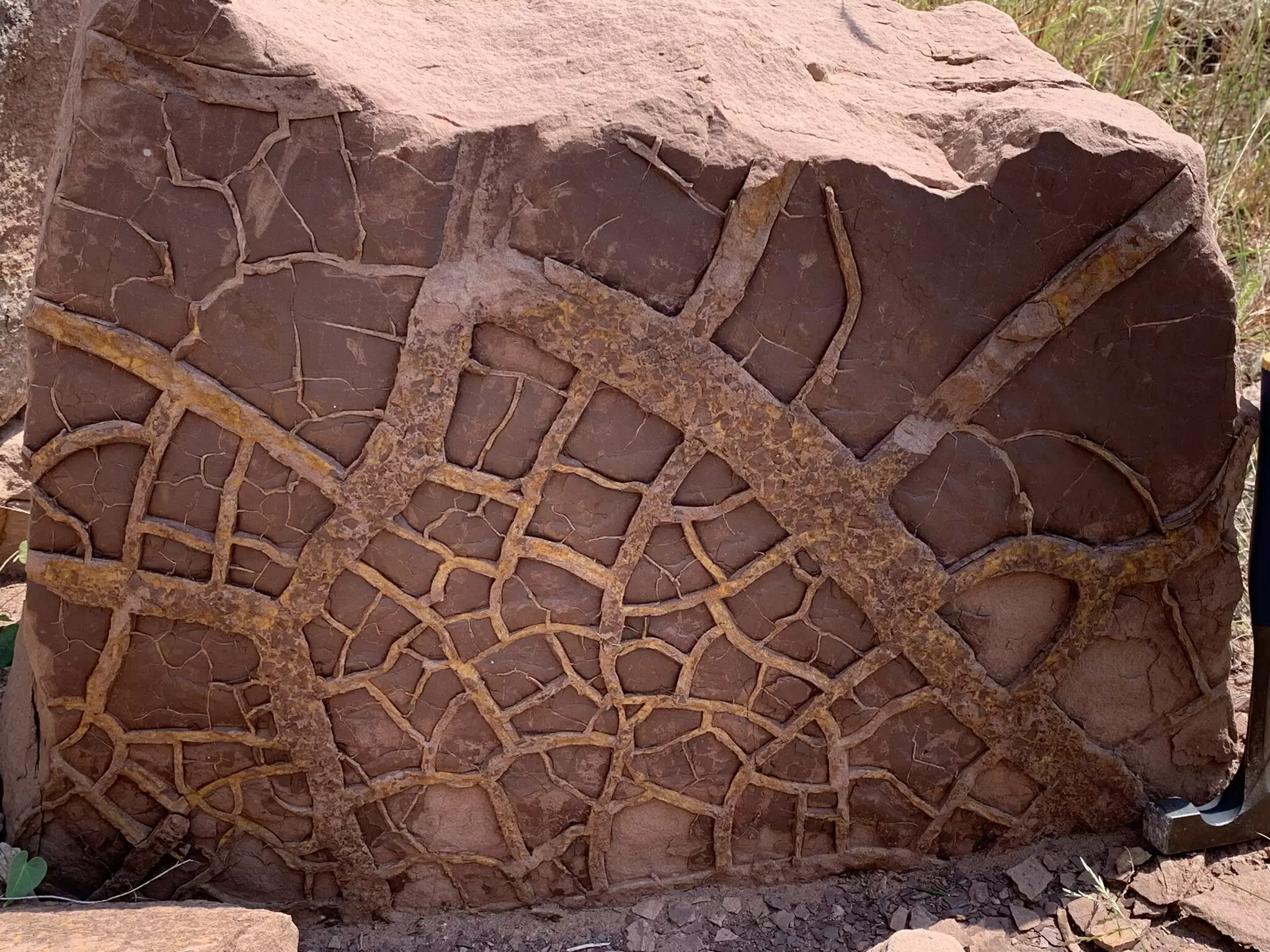The Permian-Triassic extinction, a catastrophic event that transpired approximately 252 million years ago, remains one of the most formidable enigmas in Earth’s history. Recent research has illuminated a novel perspective by linking the extinction to a series of unprecedented Mega-El Niño events. Co-led by institutions such as the University of Bristol and China University of Geosciences (Wuhan), this study underscores the complexities of climate dynamics during this pivotal period and how they differ from contemporary climate challenges.
The Catalyst of Catastrophe: Volcanism and Climate Change
Historically, the primary narrative surrounding the Permian-Triassic extinction revolved around massive volcanic eruptions in what is now Siberia. These eruptions unleashed colossal volumes of carbon dioxide, dramatically elevating global temperatures and precipitating the downfall of marine and terrestrial ecosystems. However, the cause behind the simultaneous devastation of both land and sea life sparked curiosity and debate among scientists. Traditional views suggested that climate warming should allow species to migrate toward cooler regions, yet this was not the case.
Co-lead author Dr. Alexander Farnsworth emphasized that a mere increase in temperature cannot sufficiently account for the extent of the extinction. As observed in modern climate trends, while tropical species migrate towards higher latitudes as conditions become inhospitably warm, this adaptive behavior was ineffectual during the Permian-Triassic crisis. Farnsworth’s analysis indicates that rising greenhouse gas levels not only elevated temperatures but also amplified weather extremes and climate variability, destabilizing the ecological balance and thwarting life’s adaptability.
Revelations from Fossilized Evidence
An intriguing aspect of this new research involved the analysis of fossilized conodonts—tiny, extinct marine organisms. By examining oxygen isotopes embedded within their ancient tooth material, scientists established a temperature record that illustrated a dramatic collapse of temperature gradients in lower and middle latitudes during the Permian-Triassic warming. This evidence suggests a uniform rise in temperature across vast regions, indicating that the planet was engulfed in relentless heat that transcended previous ecological adaptations.
Dr. Farnsworth, employing cutting-edge climate modeling techniques, confirmed these findings, revealing that conditions were exacerbated by prolonged and intense Mega-El Niño events, far surpassing the ones we see today. Such climatic upheaval led to a cascade of environmental changes that rendered many species incapable of coping.
The Wild Weather Phenomenon
One of the hallmark characteristics of these Mega-El Niño events was their persistence. Unlike current events that may linger for a couple of years, the climate conditions during the Permian-Triassic crisis extended over decades. This resulted in alternating cycles of extreme drought followed by relentless flooding, creating a tumultuous landscape that was virtually uninhabitable for many species.
Co-author Paul Wignall pointed out that the volatility and unpredictability of these weather events severely impacted biodiversity. The absence of stable environmental conditions made it exceedingly difficult for many organisms to adapt or evolve in a timely manner. Ultimately, this chaotic climate spelled doom for both flora and fauna.
Accompanying the extreme weather was an increase in wildfires, a consequence of prolonged drought. Co-author Professor David Bond highlighted the abundance of charcoal found in geological layers from this era, signaling frequent and devastating wildfires across carbon-dense ecosystems. The toxic combination of burning land and stagnant oceans created a dual crisis, obliterating habitats and annihilating life forms dependent on both terrestrial and aquatic environments.
This extensive study provides a pivotal understanding of the multi-faceted effects of the Permian-Triassic extinction. While mass extinctions are not anomalous throughout Earth’s history, the confluence of sustained volcanic activity, greenhouse gas escalation, and crippling climate variability sets the Permian-Triassic event apart.
Despite the devastation, history teaches us that mass extinctions can lead to the proliferation of new life forms. The Permian-Triassic extinction laid the groundwork for the eventual rise of dinosaurs, while subsequent extinction events gave way to mammalian evolution and, ultimately, the emergence of humans. Dr. Farnsworth’s conclusion resonates powerfully: while the Permian-Triassic event caused immense destruction, it also redefined life on Earth, showcasing the resilience of nature.
In light of contemporary climate challenges, this research serves as a cautionary tale, underscoring the dire consequences of unchecked climatic shifts. Understanding the history of Earth’s past can help inform strategies to mitigate similar catastrophic trends in our time, emphasizing the importance of preserving ecological stability in the face of inevitable change.


Leave a Reply